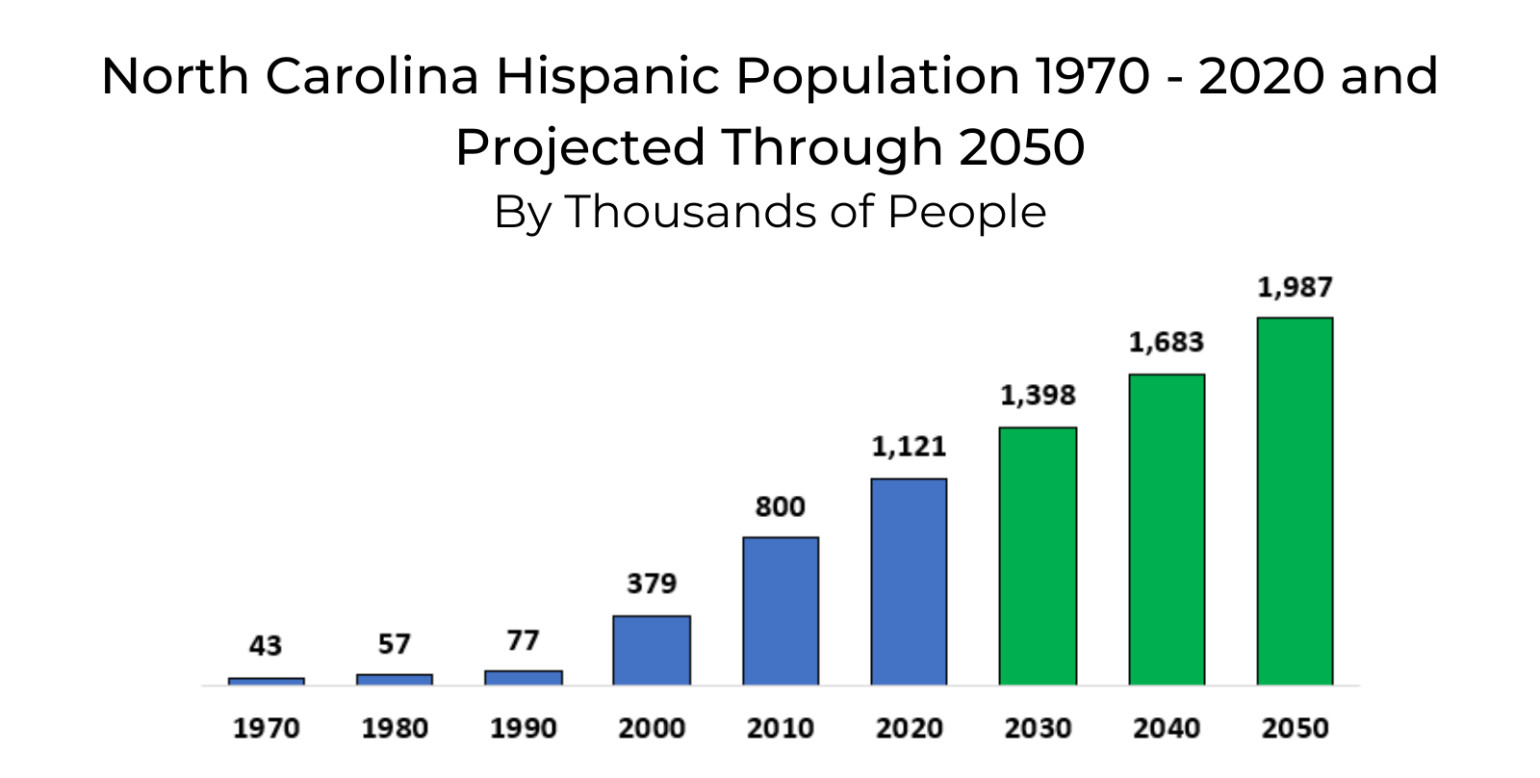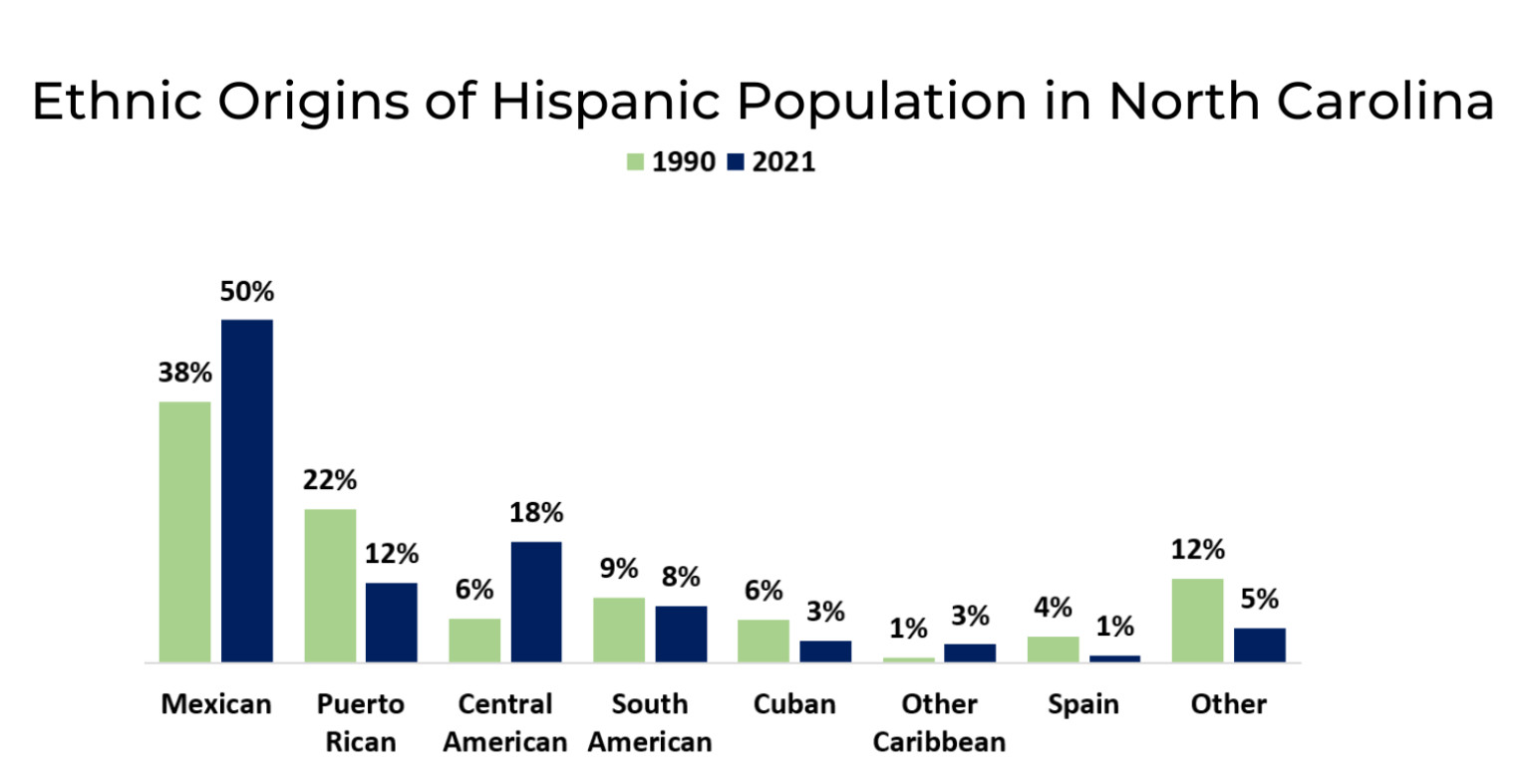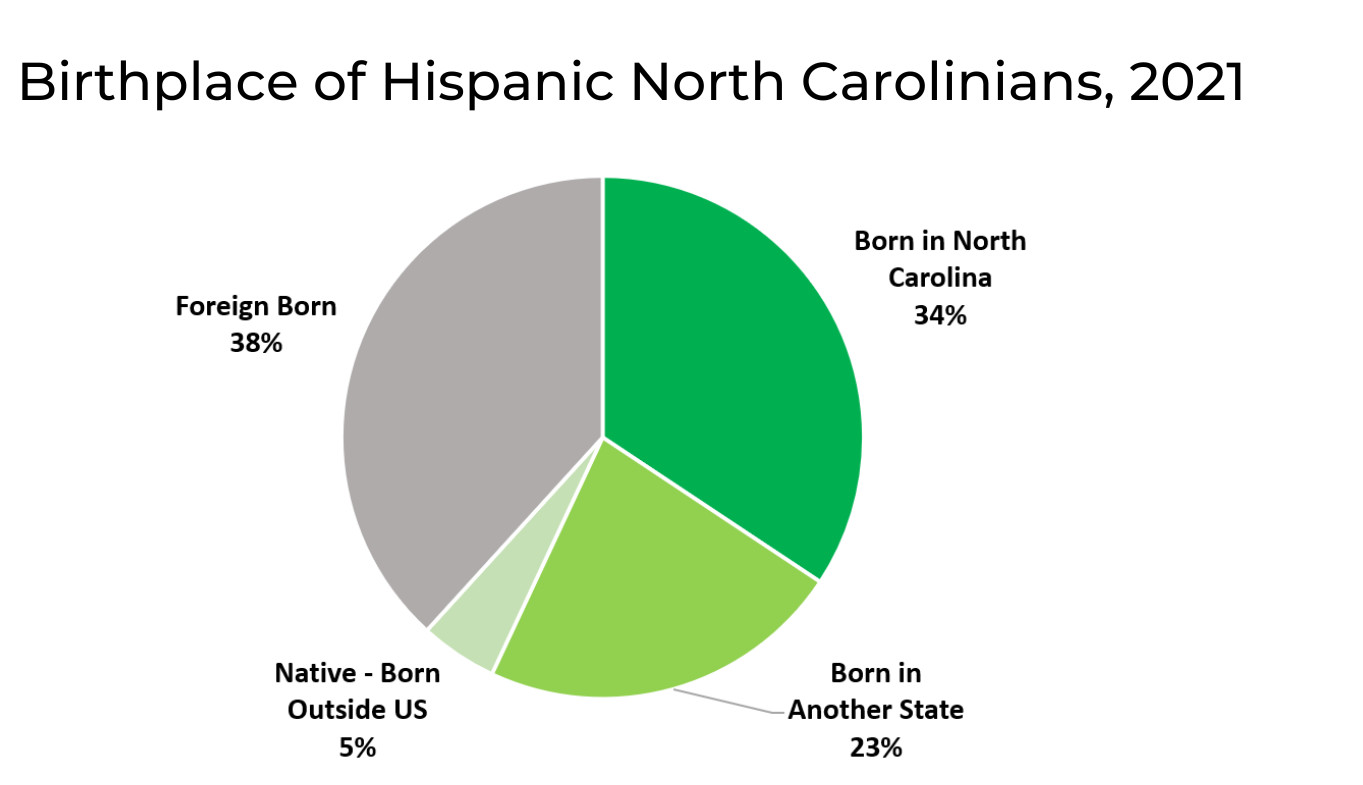In 1989, a young family made a significant move from Puerto Rico to Greenville, North Carolina, mirroring the journeys of many young families seeking better opportunities in the region. The husband, an engineer by profession, was starting his career, while his wife dedicated her time to raising their young daughter. Soon, two sons joined their family, and they began building their lives in North Carolina. However, unlike many families in their newly adopted community, the Hernandez Cruz family was among a small group – fewer than 1,000 Pitt County residents – who identified as Hispanic.
“Back in the 1990s, Greenville didn’t have much of a Hispanic community,” recalls Izzi, the eldest son. “Cultural awareness was limited. My given name felt unusual to my neighbors, so I adopted a more common nickname.”
The demographic landscape of North Carolina began to shift dramatically in the following decade. By 2000, the Hispanic population in the state had surged to almost five times its size in 1990. Since the 1990s, Hispanic communities have experienced the most rapid population growth in North Carolina. By 2010, the state was home to 825,000 Hispanic individuals, representing 8% of the total population. This growth continued, with a 40% increase between 2010 and 2020, reaching 1.1 million people, or 11% of North Carolina’s population. Projections indicate that by 2050, Hispanic North Carolinians will number 2.0 million, constituting 14% of the state’s total population.
Today, Pitt County, Izzi’s birthplace, is home to over 13,000 individuals who identify with Hispanic heritage, demonstrating the significant demographic shift over the past few decades.
“I recently visited Greenville and had a fantastic meal at a Dominican restaurant,” Izzi, now a budget analyst with the Office of State Budget and Management, mentions. “That kind of dining option simply didn’t exist when I was growing up here.”
 Line graph showing the growth of the Hispanic population in North Carolina from 1970 to 2020, with projections up to 2050.
Line graph showing the growth of the Hispanic population in North Carolina from 1970 to 2020, with projections up to 2050.
Source: US Census, 1970-2010 Census and North Carolina Office of State Budget and Management Population Projections, Vintage 2022
The Diverse Ethnic Backgrounds within North Carolina’s Hispanic Community
The Hispanic population is not monolithic; it comprises people from a rich tapestry of ethnic backgrounds. While the majority of Hispanic North Carolinians, both in 1990 and today, trace their heritage to Mexico, the proportion of this group has evolved. In 1990, individuals of Mexican origin constituted 38% of the Hispanic population in North Carolina. By 2021, this figure had risen to 50%, indicating that half of the Hispanic population identified as Mexican or Mexican American. This highlights the significant presence and influence of Mexican People within the broader Hispanic community in North Carolina.
In 1990, Puerto Ricans represented the second-largest Hispanic group at 22%, reflecting Izzi’s heritage. However, by 2021, while still the second-largest group, Puerto Ricans made up only 12% of the total Hispanic population. Concurrently, the proportion of Hispanic North Carolinians with Central American roots (primarily from Guatemala, Honduras, and El Salvador) has increased significantly, reaching 18% in 2021, compared to just 6% in 1990. This diversification demonstrates the evolving ethnic composition of the Hispanic community in North Carolina, moving beyond its initial dominant groups.
 Pie chart illustrating the ethnic origins of the Hispanic population in North Carolina, showing percentages for Mexican, Puerto Rican, Central American, and other origins.
Pie chart illustrating the ethnic origins of the Hispanic population in North Carolina, showing percentages for Mexican, Puerto Rican, Central American, and other origins.
Source: US Census Bureau, 1990 Census and American Community Survey, 2021 (IPUMS-USA)
North Carolina Nativity within the Hispanic Population
A common misconception surrounding the growth of the Hispanic population is that it is primarily driven by recent immigration. However, data reveals a more nuanced reality: approximately 38% of Hispanic individuals in North Carolina are foreign-born, non-native. The majority are descendants of immigrants, and a significant portion, like Izzi, are native North Carolinians. In 2021, one in three (34%) Hispanic residents were born in North Carolina, and an additional 27% were born in another U.S. state or abroad to American citizens. This emphasizes the deep roots and established presence of Hispanic families, including Mexican people, within the state. Even among the foreign-born Hispanic population, many have become naturalized citizens, further integrating into the fabric of North Carolina society.
By 2021, 68% of all Hispanic North Carolinians were U.S. citizens, including Puerto Ricans who are U.S. citizens by birth. This high rate of citizenship underscores the integration and long-term commitment of Hispanic communities to North Carolina.
 Bar chart displaying the birthplace of Hispanic North Carolinians in 2021, categorized by those born in North Carolina, born in another state, born abroad, and other categories.
Bar chart displaying the birthplace of Hispanic North Carolinians in 2021, categorized by those born in North Carolina, born in another state, born abroad, and other categories.
Source: US Census Bureau, American Community Survey, 2021
Accessing Hispanic Population Data for North Carolina
For those interested in further exploring the demographics of the Hispanic population in North Carolina, detailed information is readily accessible. A summary providing insights into the size and age characteristics of the Hispanic population, both past and projected (2010-2050), for North Carolina and its counties is available here.
For more in-depth exploration, visit Demography.osbm.nc.gov to access estimates and projections of the total Hispanic population, categorized by race and sex, for both the state and individual counties. Look for the “Population Projections by Hispanic Origin and Race” dataset. This platform allows users to filter data by specific counties and demographic characteristics. Data and complete datasets can be downloaded directly from the platform in various formats. Alternatively, data can be directly downloaded as comma-delimited text files from: County/State Population Projections, specifically the dataset titled: Hispanic Origin by Race (2010-2050). This wealth of data provides valuable resources for understanding the evolving demographics of Hispanic communities, including Mexican people, in North Carolina.